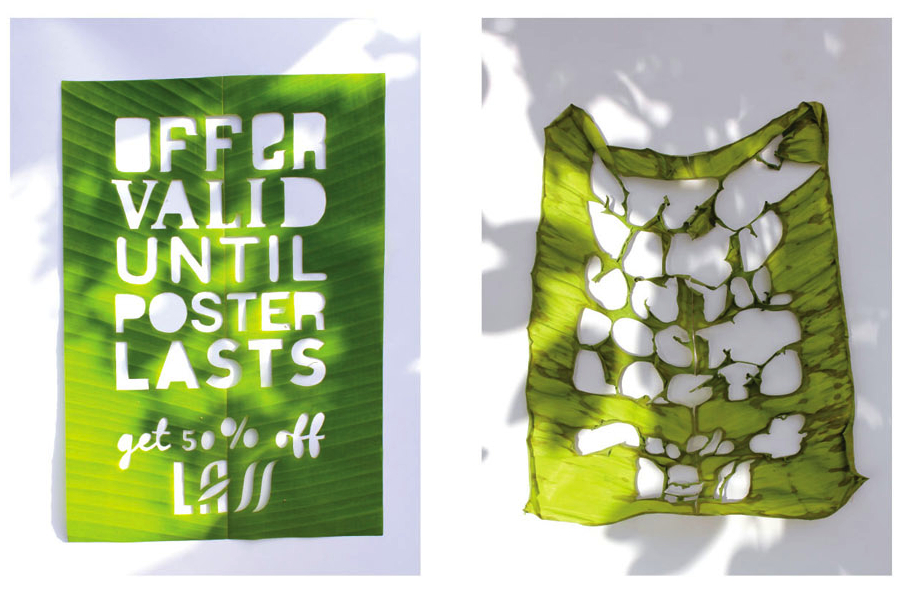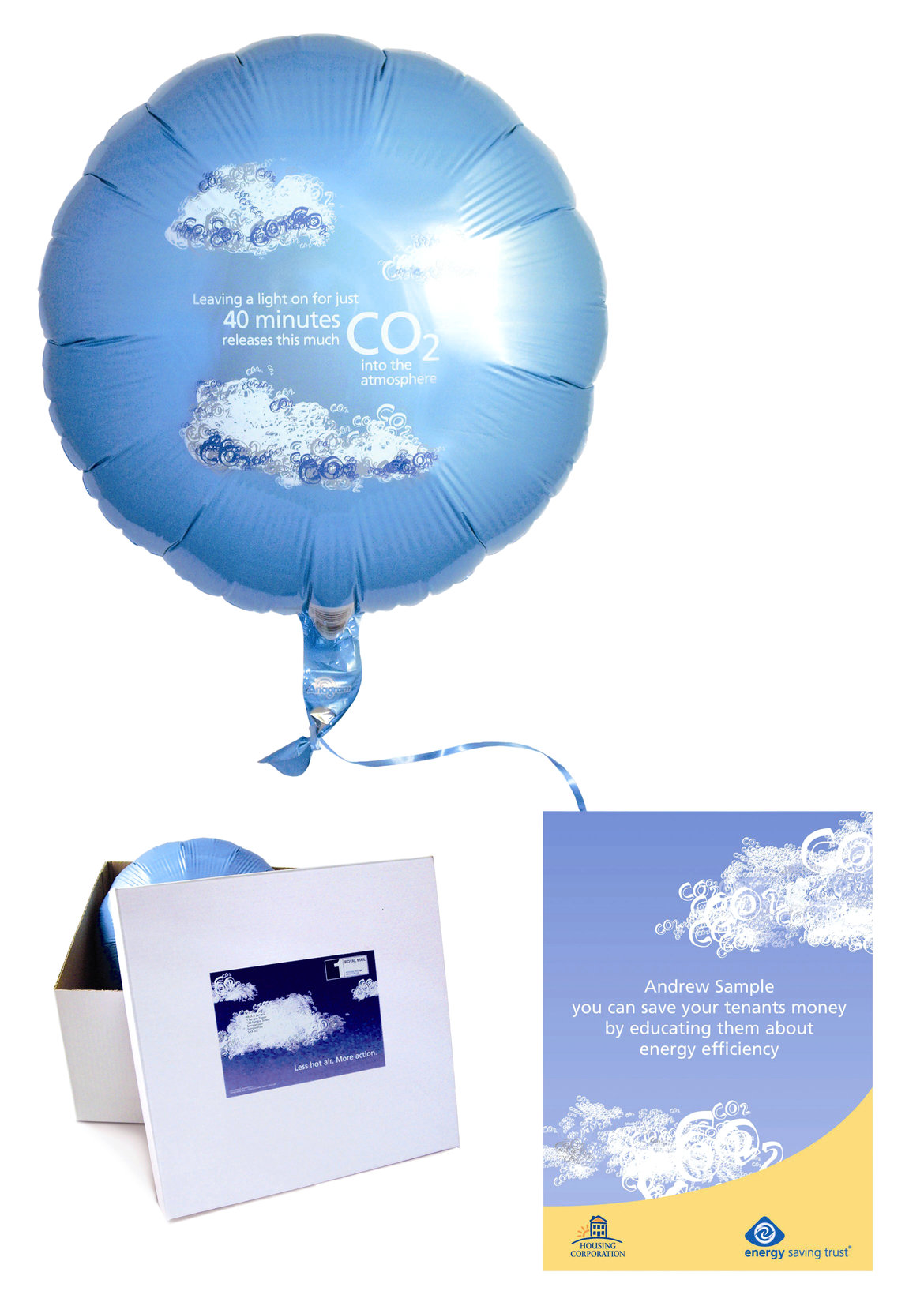Letterbox media – printed advertising delivered to Letterboxes – has become somewhat habitual locally, but around the world there have been some incredibly creative and impactful campaigns delivered in the mail, writes Luke Sullivan, national head of agency sales at Salmat.
In fact, some of the world’s leading creatives are self-confessed fans of Letterbox advertising when it’s done well, including Patrick Collister, Google’s Head of Design.
To showcase the innovation happening in Letterbox media, we recently worked with Patrick to compile his 20 favourite Letterbox campaigns from around the world to create a book titled “I Wish I’d Thought of That: Creative Excellence for the Letterbox”. It was an inspiring exercise, but we were surprised that no Australian campaigns made the cut. We hoped Aussies would be a little more open minded to the latest innovations in this channel.
Letterbox media, if used correctly, can be a very powerful channel, given its ability to reach virtually any audience. In fact, Roy Morgan Single Source found that Letterbox media reaches 11.5 million Australians every week and is the most widely read form of print advertising, read by 60% of all Australians over 14 years of age. Compare this to weekend Metro newspapers which are only read by 33% of Australians.Advertisers can reach more people in every life stage with a letterbox drop than a newspaper or magazine ad. For example, Letterbox media reaches 65% of big spenders, 50% of young singles, 62% of young parents and 64% of online shoppers, to name a few.
However, the key to an effective campaign isn’t just reaching your audience – you must engage them in some way. Unfortunately most of what we receive in our letterbox isn’t inspiring stuff, but around the world, there have been some highly creative and highly effective uses of unaddressed mail.
Here are just a few examples:
Lass Natural Cosmetics, India
This cosmetics brand uses fewer artificial preservatives, which means its products tend to have a shorter shelf life than its competitors, so discounts are used to move old product quickly. The brand decided to play on this by creating a die-cut sales coupon fashioned out of real leaves. It read: “Offer valid until poster lasts. Get 50% of Lass.” Over a day or two, the leaves dried out and the message quite literally decomposed in front of the reader’s eyes. As a result, 70% of the coupons were redeemed and the company recorded its highest ever sales of sell-by-date stock. At the Asia Spike Awards, the Young Creatives Academy voted this their Best In Show over other TV, Digital, Ambient or Print advertising campaigns.
Karate Bushido, France
The national martial arts magazine was looking to increase subscriptions, so they delivered a subscription renewal to 3,000 homes on a wooden plank, asking people to break the plank in half. It’s brilliant because in this one piece of collateral, Karate Magazine makes a clear statement about its brand personality and urges a response that is both fun and purposeful. The magazine experienced a 23% uplift in renewals.
Energy Savings Trust, UK
To help the UK Government reach its carbon emissions reduction target, it created ‘The Tenant Empowerment Training Toolkit’ for housing associations. To encourage these associations to order the toolkit, Tullo Marshall created a big white box that said, “Less hot air, more action.” When the box was opened, a helium balloon arose which read, “Leaving a light on for just 40 minutes released this much CO2 into the atmosphere.” Of those that received the box, 40% ordered the associated toolkit.
Such campaigns really highlight the creative possibilities with unaddressed mail. In Australia, Letterbox media needs a champion. We know that creative talent abounds in this country, they just need to be inspired and encouraged to embrace the Letterbox. ‘I Wish I’d Thought of That’ proves that Letterbox media offers an avenue for incredibly creative and impactful campaigns, there just needs to be a national platform where we can showcase such work.











